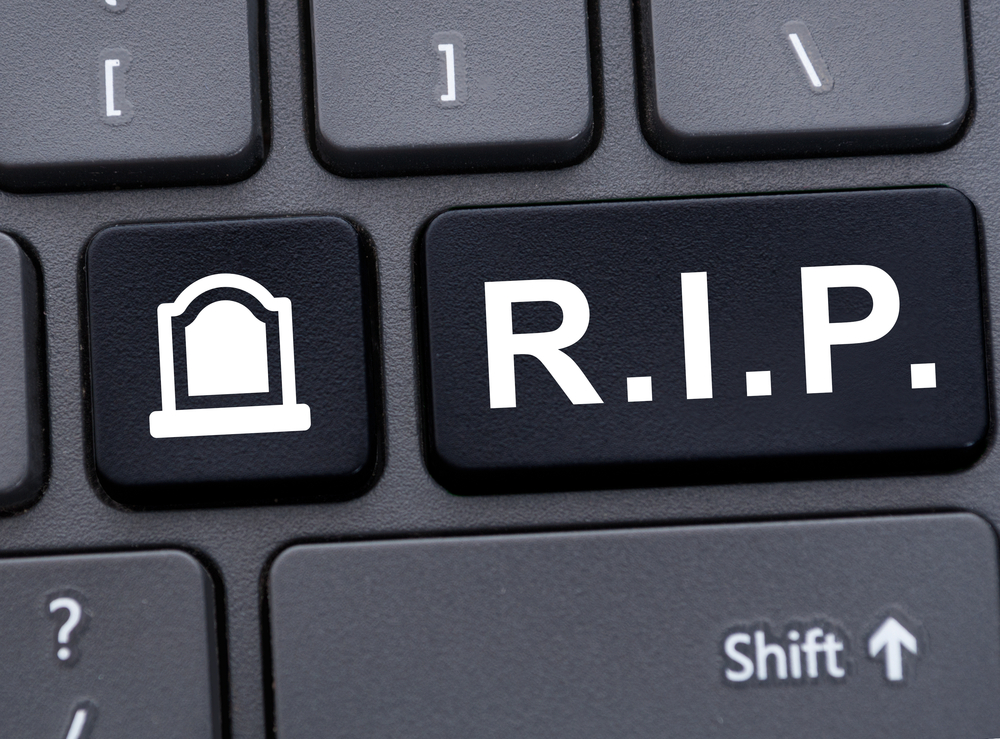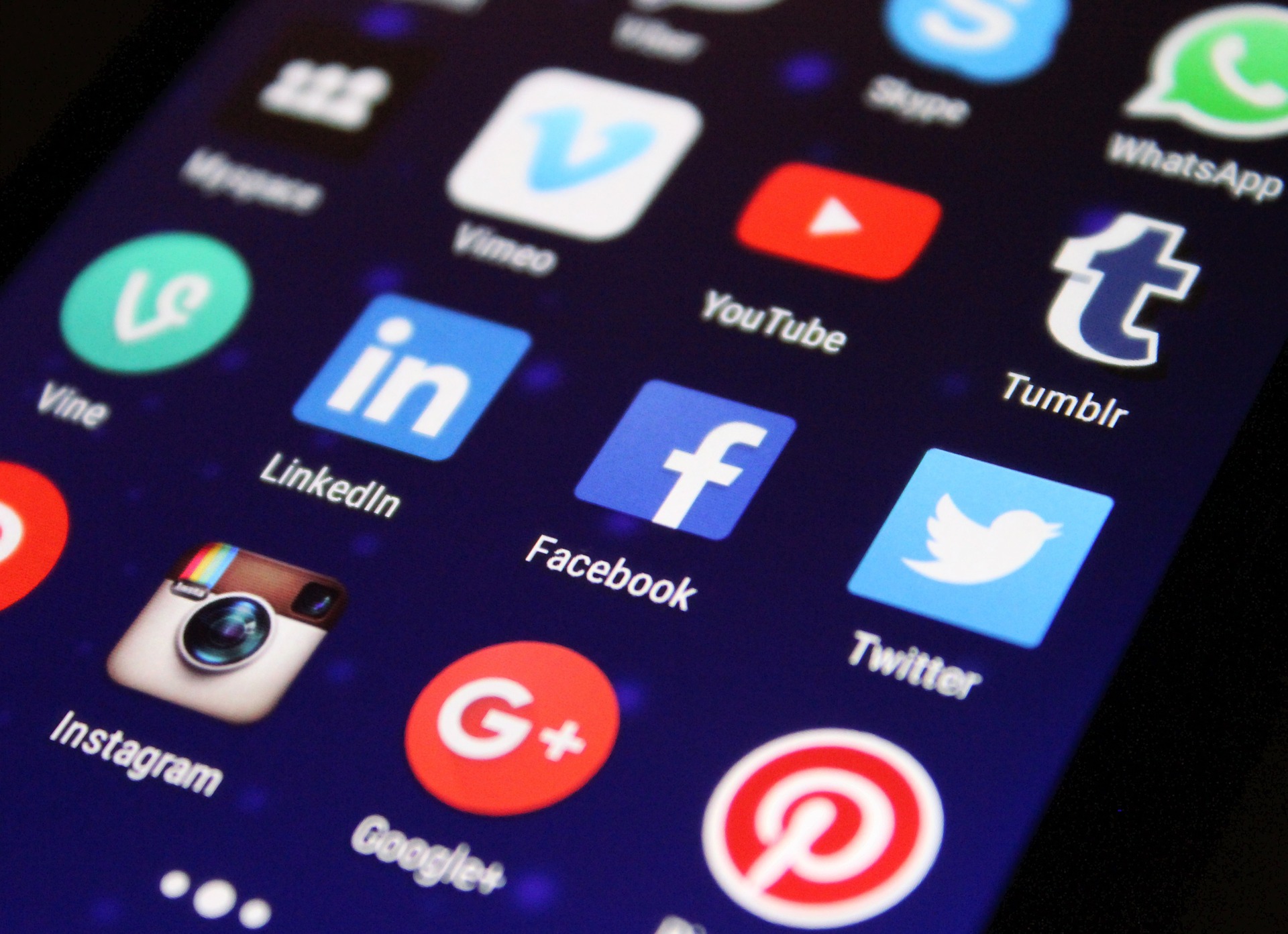
Health & Medicine
Is social media good for you?

‘Communicating’ with the dead is closer than you might think, thanks to our online footprints
Published 16 July 2017
If you have seen the excellent near-future science fiction series Black Mirror, you will know the episode titled Be Back Soon. It tells the story of an avid social media user who dies tragically young, but who nonetheless is able to keep communicating with the love of his life, through social media.
Science fiction often anticipates technological development – think of Arthur C. Clark and satellites, or William Gibson’s Neuromancer and data visualisation. And if the ambitions of the tech-behemoths Google, Apple and Facebook, together with a scattering of entrepreneurial start-ups are realised, Be Back Soon will join the list.
The ambition is no less than to offer individuals social immortality after biological death.

To achieve this with any degree of realism requires the integration of a number of types of software. Firstly, algorithms are needed to trawl through the entire digital production of a given individual – all emails, Facebook posts, blog posts, tweets, Instagrams, Google searches, click-throughs, likes, re-postings – anything and everything that can be examined to extract their interests, attitudes and likelihood of expressing an attitude in any given case.
Secondly, while on this sweep, the characteristic language-style of the individual is mapped, ready for reproduction. These kinds of analyses are not a big step beyond the sophisticated algorithms already used by Google and Facebook to profile their users. Nor are they beyond the near-future capacity of big-data artificial intelligence text analysis algorithms.
Next, software is required that can parse and correctly interpret incoming personal and public digital communications – personal emails and tweets, public news-services, shared Facebook pages and the like.

Health & Medicine
Is social media good for you?
All this is combined so the dead-but-still-lively individual can ‘participate’ in a conversation, responding to and initiating posts, text messages and the like, in a manner that ‘sounds’ like them.
A third component of this innovation – more an optional extra than a necessity – entails constructing a more sophisticated presence than that achieved through posts and text messages. The socially immortal might want to be represented through an authentic reproduction of their voice for example, requiring speech generating devices such as that developed by Lyrebird, or perhaps better still, visual or even virtual reality or holographic representations of a no doubt idealised body.
The development of these types of software is attracting billions of dollars in research funding.
Radical though it may seem, biological life and death have never entirely coincided with social life and death. The biologically dead have long continued to be active in the lives of the living through memory, or material legacy; and the biologically living may be socially dead – say, in a nursing home.
When so many of our contemporary social interactions occur online rather than in the flesh, the cultural foundation and infrastructure is clearly laid to widen the gap between social life and biological life, and relegate the body and its status as living or dead, to a social irrelevancy.

Though this class of software is in its infancy, those prepared to pay for social immortality already have a number of companies and services to choose from.
Perhaps the most primitive are those which pass on pre-recorded communications posthumously. EmailfromDeath for example, sends a client a regular prompt. Death is assumed upon failure to respond to repeated prompts, and communication to nominated recipients is then activated, perhaps notifying them of the location of assets, passing on last messages of affection or words of advice, or perhaps harassing and trolling the living from the safety of the grave.
DeadSocial.org takes this a little further and allows users to distribute media on social platforms after death. In its original implementation these communications could be scheduled for distribution up to 999 years into the future - heroically assuming the company and the Digital Executor will be around for that time period.

Education
How gender shapes our Facebook chats
Services like LivesOn rely on algorithmically generated communications rather than pre-recorded communication. Restricting itself to Twitter, LivesOn analyses a feed and generates new tweets, boasting: “When your heart stops beating, you’ll keep tweeting”. The software is clearly an ambitious attempt to “Be Back Soon”, but is far from successful at this point of development.
Eterni.me represents a still more recent instantiation of the ambition to create an adaptive posthumous presence. Using the algorithmic methods, data mining and pattern matching techniques described earlier, together with solicited images, fit-bit data, autobiographical data, diaries and the like, it builds an avatar which performs in a person’s communicative style, and is further trained in the course of daily interactions (prior to death) to improve its vocabulary and conversational skills. The product is some years from public launch but at the time of writing has attracted nearly 40,000 expressions of interest.
If these ambitions are realised and the social personas of the dead can keep acting in the world through the same platforms that maintain the social life of the living, they may be considered to be in some sense, socially alive. According to the ‘pragmatic’ school of communications, communicative acts constitute the social world.
In this view, what appears on social media is not a simulation or representation of social life; it is our social life, our social agency and our social being in the (online) world, whether generated by the bodies of the living or the algorithms of the dead.
The authors’ forthcoming book Death and Digital Media will be published later in 2017 by Routledge, London, and features as part of this year’s Melbourne Writer’s Festival.
Banner image: Shutterstock